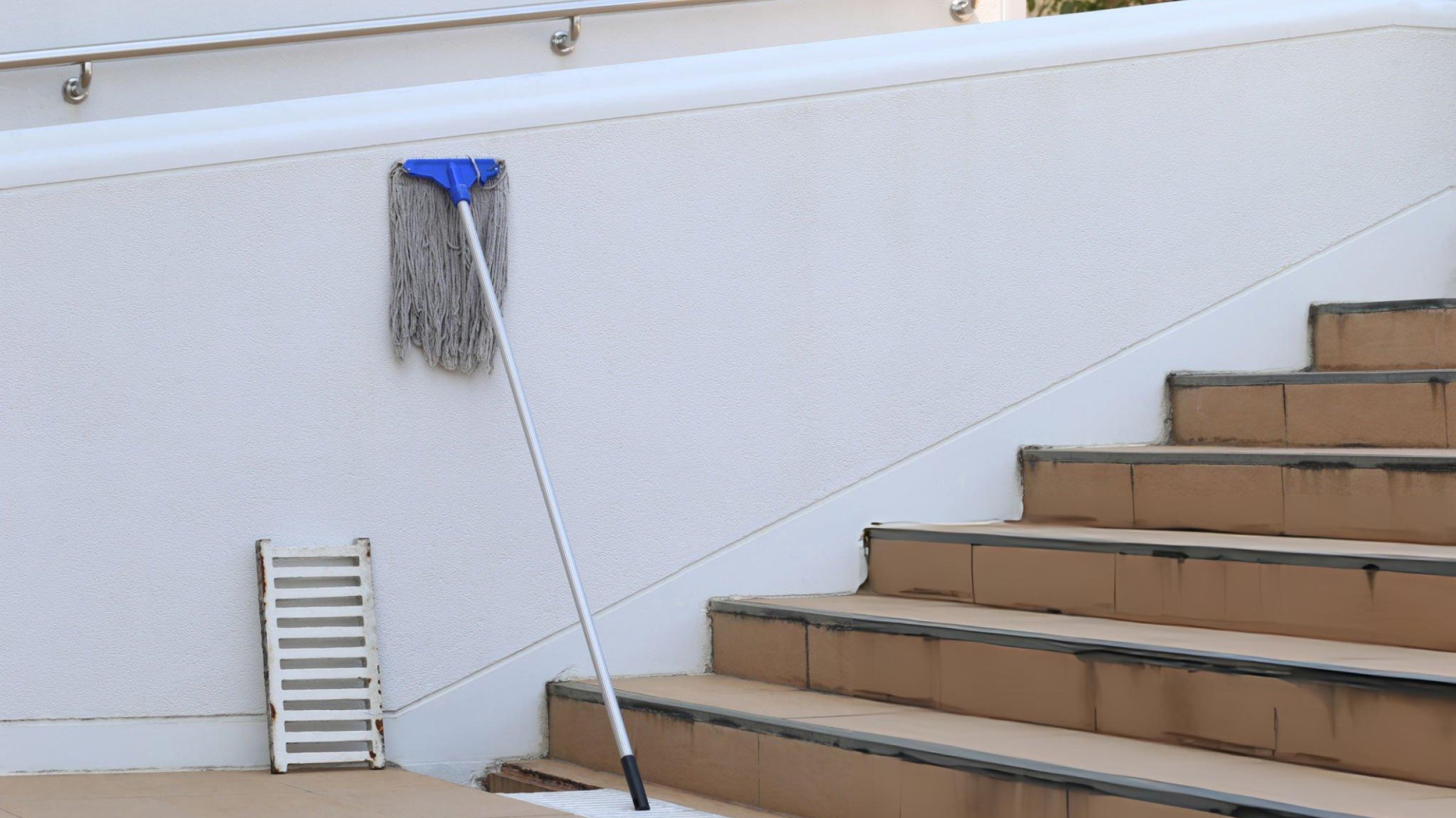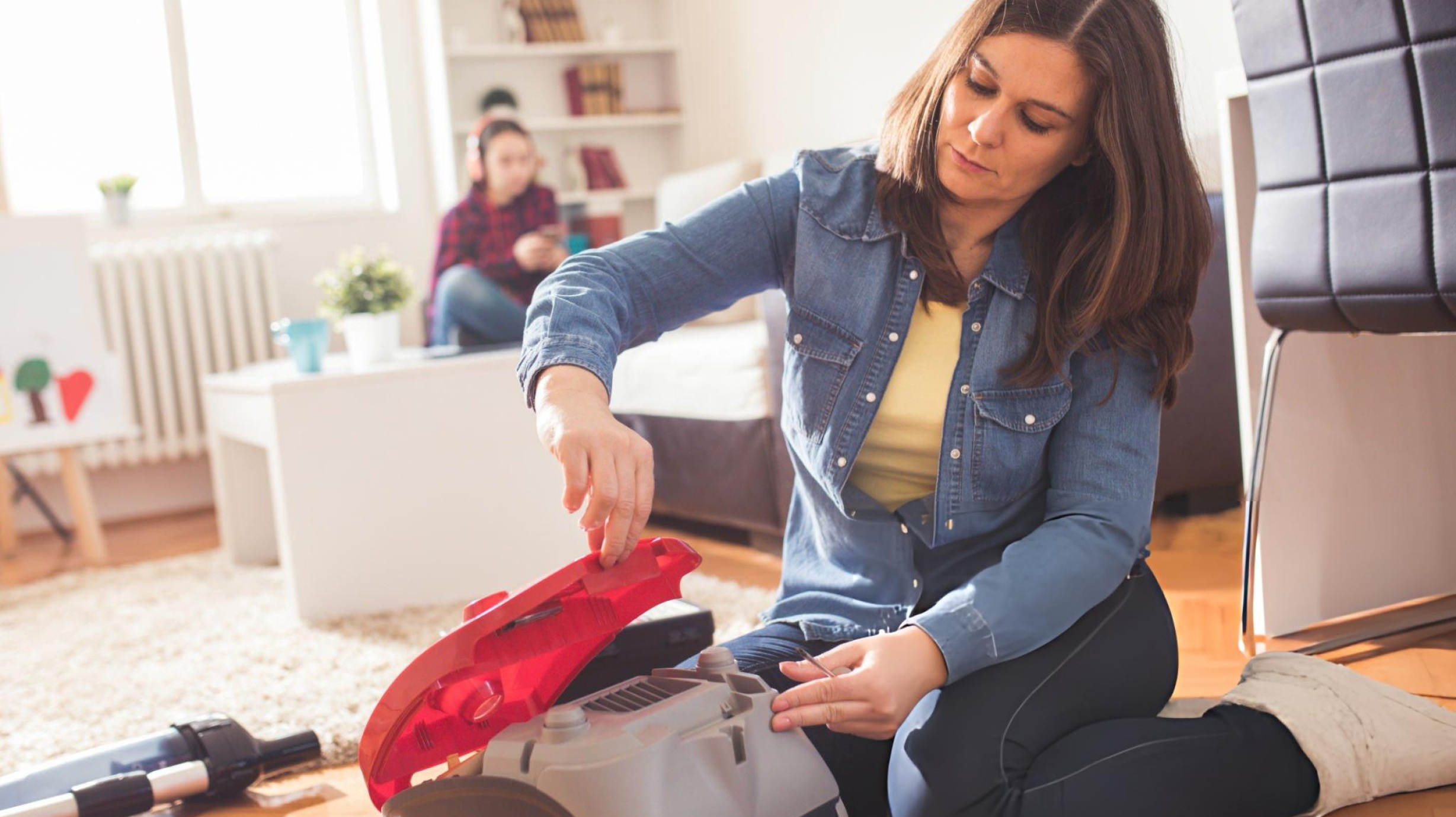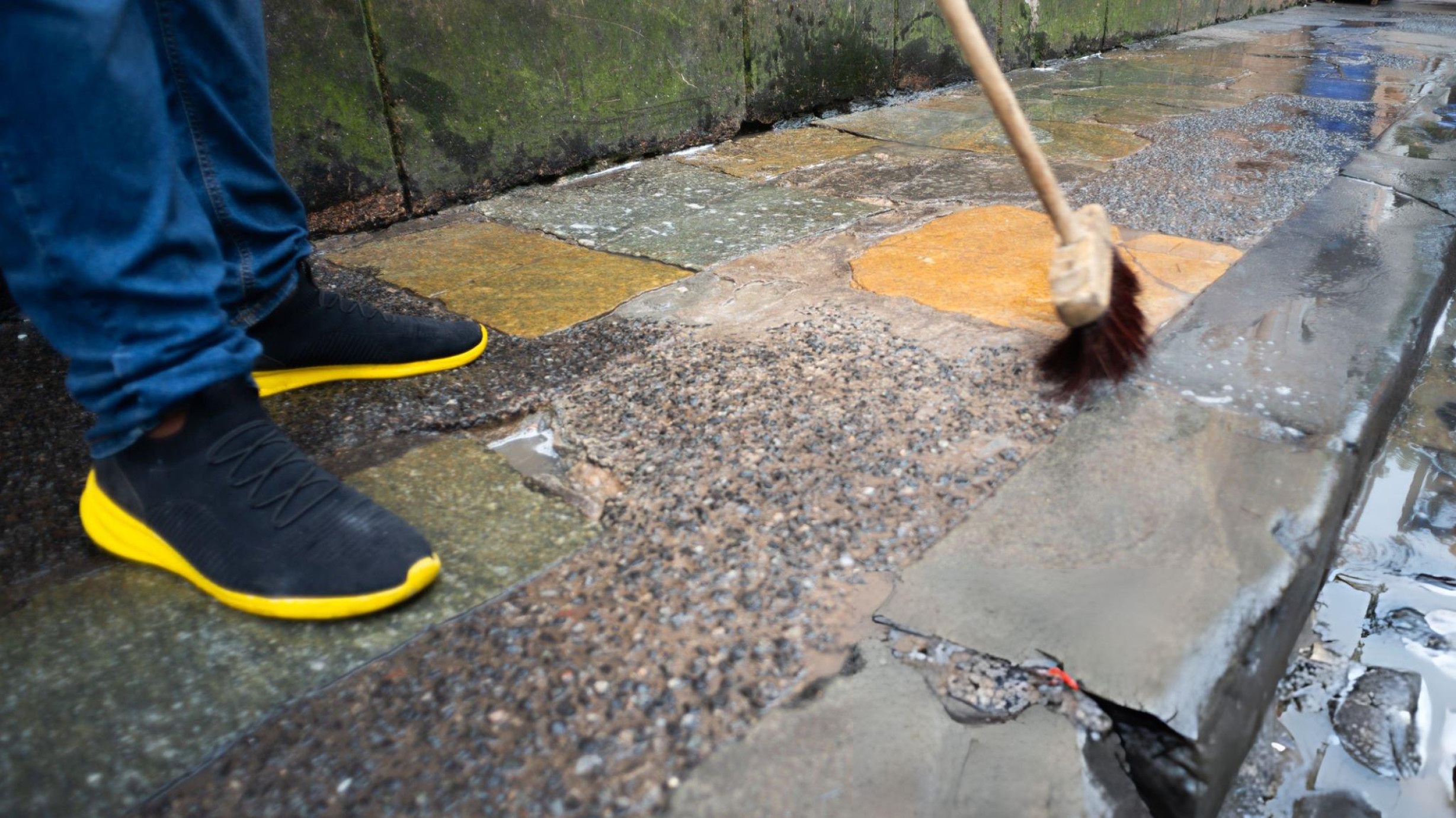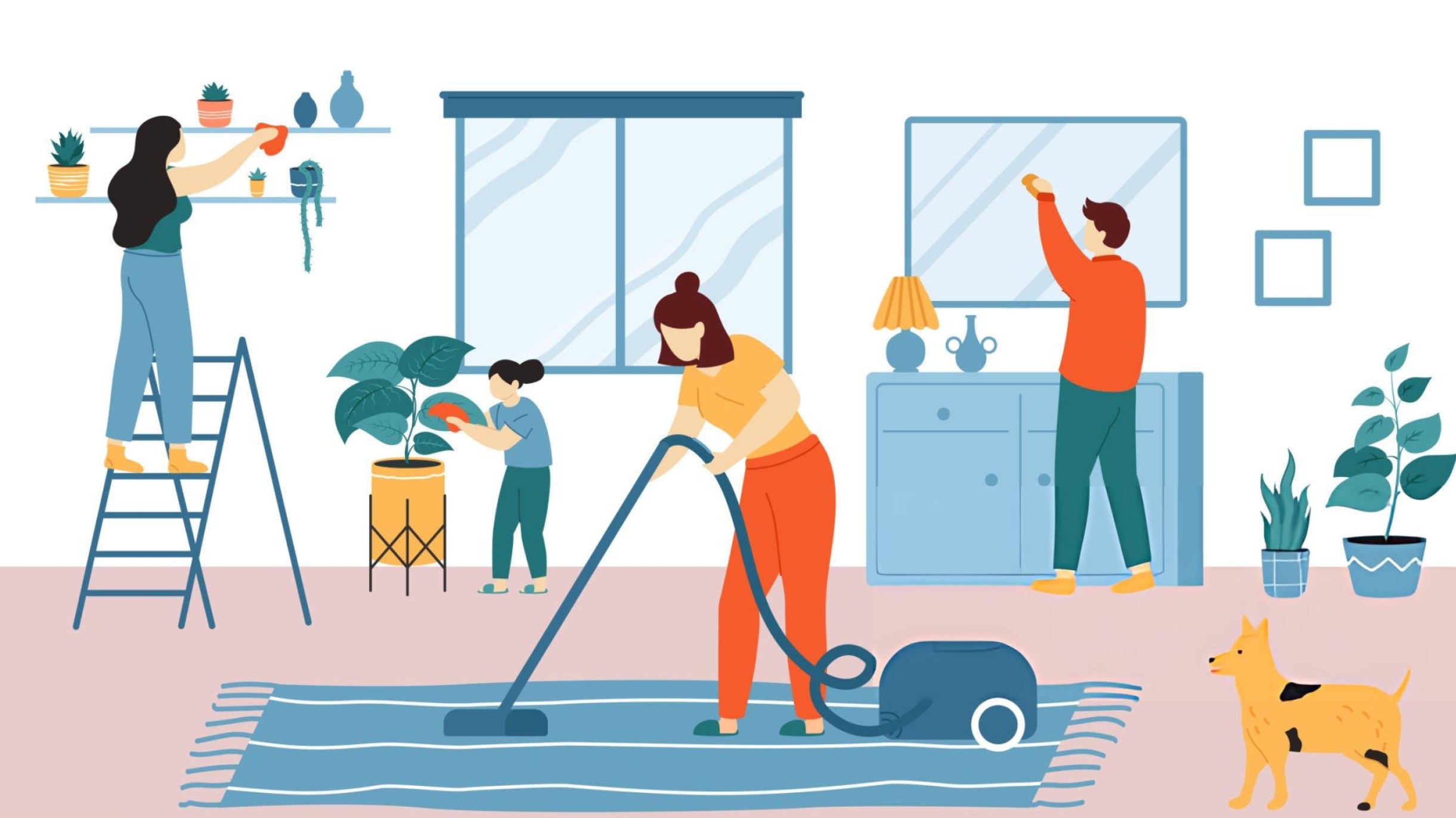Clean and hygienic hotel rooms are the key to guest satisfaction and the image of the hotel. Cleanliness matters more now than ever in the post-COVID-19 era. Guests are keenly looking for better hygiene standards and measures. This guide shows how to clean hotel rooms step by step. It follows international sanitation standards and outlines the tools and equipment used. It also covers key standards in hotel management.
目录
ToggleKey Tools & Cleaning Machinery Utilised to Clean Rooms
Providing the housekeeping staff with proper aids for efficient cleaning. The following are the essentials and the complete cleaning business supplies list:
- Mops: Mops are required when hard floors need to be cleaned. Hard floors can be made more easily cleaned using electric mops.
- Microfiber Clothes: These microfiber cloths are ideal for dusting and wiping down surfaces without streaking.
- Disinfectants and Surface Cleansers: Use to disinfect high-contact areas.
- Vacuum Cleaner: Needed to remove dust and other matter from floors and carpets.
- Spot/Stain Removers: Ideal when removing stains from upholstery and carpeting.
- Bathroom Sanitation Kit: Includes toilet brush, sanitisers, and scrubbing pads used specifically in the bathroom.
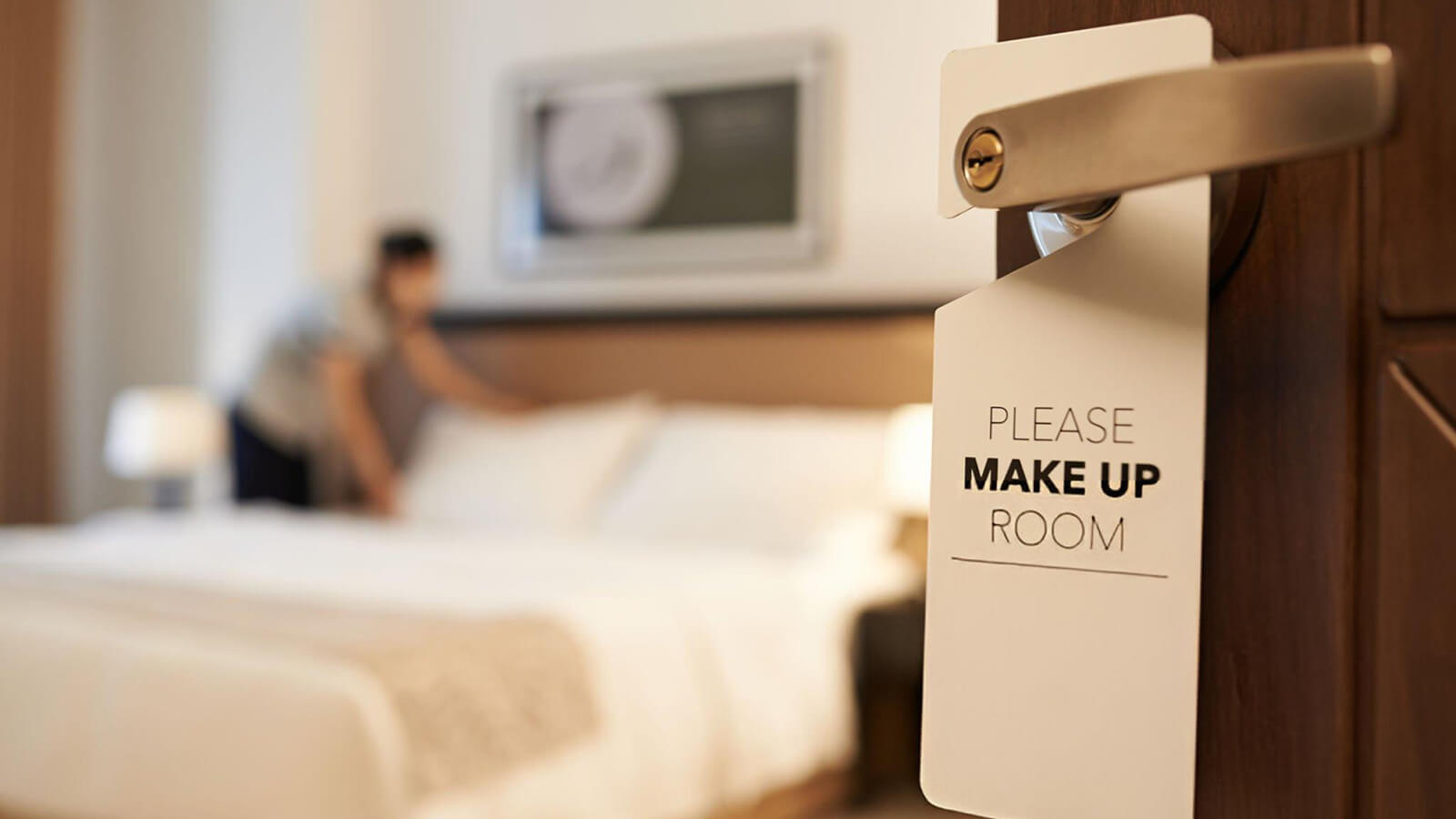
How to Clean a Hotel Room Step by Step
Hotel cleaning is not merely the act of tidying, but rather a methodical process to make the zone secure, inviting, and hygienic to the new visitor. A uniform and systemic process will meet high-quality standards and optimise the process of cleaning for the housekeeping staff. Here are the step-by-step hotel room cleaning instructions:
Step 1: Preparation and Safety
Staff should knock before entering guest rooms. They should also loudly introduce themselves. This shows respect for guests’ privacy and helps avoid accidental intrusions. They should enter the empty rooms and then begin with their safety first. They need to wear enough personal protective equipment (PPE) to stay safe from germs or chemicals when cleaning up. They should wear face masks and gloves for their safety when they are dealing with germs or chemicals. Open the doors or windows to the balcony. This helps air out the rooms. Fresh air removes bad odours and provides ventilation during cleanup.
Step 2: Take out the Bedding and Trash
Since the room is aerated, the first task is to take the used linens, pillowcases, and blankets from the bed to the laundry bags. This helps prevent dust and contamination from spreading. Refrain from shaking the linens out to release the dust and other allergens back into the air. All waste and rubbish from open spaces and containers, like desks or nightstands, should be picked up. This will prepare the area for thorough cleaning.
Step 3: Dusting and Surface Disinfection
Dust and wipe down the items where the guests touch the most. Dust off remote controls, thermostat controls, door handles, telephone handsets, and light switches. Dry floor care is really important before wet cleaning. Wipe them gently with disinfectant that kills viruses and bacteria. Wipe the nightstands, desks, countertops, and dresser tops with a microfiber cloth and a disinfecting wipe. This way, you’ll ensure nothing is missed.
Step 4: Cleaning the Bathroom
The bathroom is also where the greatest focus will be placed upon hygiene and grooming. Clean the toilet bowl, sink, faucets, and bathtub or shower with a good squeegee. Use the recommended methods to remove soap scum and stains. There are several effective methods to remove soap scum and stains, depending on the severity of the buildup and the type of surface. Here are 2 recommended approaches:
- Baking Soda and Vinegar: Spray white vinegar on the affected area and let it sit for about 20 minutes. Then, sprinkle baking soda over it and scrub until the soap scum disappears. Rinse with water and dry the area.
- Baking Soda and Hydrogen Peroxide: If mold or mildew is present, apply hydrogen peroxide to the area and sprinkle baking soda over it. Let it sit for 15–20 minutes before scrubbing with a soft brush or sponge.
Once all surfaces are cleaned, we replace used towels with new ones. We also restock supplies like soap, shampoo, shower caps, and tissue. Ensure the bathroom ventilation fan is well-maintained. This helps stop moisture and odours from building up.
Step 5: Vacuuming and Flooring Care
Finally, the floors need to be the area of concern. The carpets need to be vacuumed thoroughly; the areas behind the furniture and beneath the bed sometimes are out of reach, so make sure to vacuum completely by using a high-quality vacuum. Hardwood and tile floors need to be mopped through the use of an electric mop or a quality flat mop in order to make the floor hygienic and streak-free and rid the floor of evident dirt.
Step 6: Replacement Amenities and Finishing Touches
Now that the room is cleaned, it is time to prepare the room for the next visitor. This includes refilling water and other drinks in the minibar, restocking the coffees and accessories, refreshing any reading matter or brochures, and sorting in-room directories in order. The bed should also be made up with fresh linens, and the pillows should be plumped and the bedding pulled tight and smooth for a neat and inviting appearance. And if the hotel does this, a “sanitized” sticker or seal in the room or on the door handle guarantees the new guest that the area was properly cleaned.
Step 7: Inspect and Sign Off
A supervisor will check the area before the room can officially be flagged as ready through a routine checklist. This guarantees each phase of the process is done to hotel standards and properly. Any potential faults or oversights can then be addressed immediately. After the supervisor checks and the room is ready to standards, it will then be flagged as cleaned through the hotel’s computer-based housekeeping management system. This does more than just log the cleanliness work, but also simplifies scheduling and accountability in the future.
By taking such methodical steps, hotel staff are able to make all the rooms uniform with high safety and hygiene standards and highest comfort so as to provide a good experience to all the guests when they check-in.

Top 10 Best Practices to Ensure Effective Hotel Room Cleaning
To achieve excellent guest experiences, hotels do more than just clean – they do it the right way. Efficiency, consistency, and hygiene are the determinants that need to ensure high standards in each and every room. Here are the top ten tips every hotel housekeeping team needs to implement:
1. Be Consistent
Following a routine cleaning procedure ensures each and every room is cleaned to the same high standard. This minimizes the risk of errors and ensures consistency in guests’ experience.
2. Emphasis on Sanitation
Door handles, switches, and remote controls are all high-touch items and will need to be cleaned properly constantly. This is particularly the case in the post-COVID era, where tourists want their accommodations to still be clean and germ-free. Focus on cleaning the vacuum too.
3. Enforce Staff Rotations
Rotation of the housekeeping staff through rooms and shifts prevents staff burnout and makes work more efficient. New staff will spot slips more closely and pay attention to safety standards.
4. Provide Regular Training
Constant training is used to make the housekeeping staff aware of current techniques, standards in chemical safety, and industry-specific hygiene standards. Trained staff are more efficient and dependable.
5. Prevent Cross-Cont
Every zone needs to have its own stockpile of cleaning supplies. One should never use the bathroom supplies in the bedroom zone or vice versa as this will spread the bacteria and spoil the cleanness. Using differently colored cloths for different places—red cloths in bathrooms and blue in bedrooms—reduces the risk of cross-contamination and improves hygiene management overall.
6. Ensure proper ventilation
Maintaining good air quality is also a part of a clean room. Having the windows open or using purifiers while sanitising disperses dust and chemicals out and exchanges the atmosphere with a healthier one for the visitors.
7. Utilise Checklists
Cleaning checklists also help the housekeepers remain organised and detail-oriented. Checklists of this type ensure that no stage is missed when employees are working in a number of rooms at a time during a shift.
8. Utilise Effective Tools
New technologies, including electric mops, microfiber cloths, and industrial-grade vacuums, accelerate and make the process more efficient. Technology investment improves productivity and hygiene.
9. Work with Reliable Suppliers
Quality products and consistent supply are imperative. Utilising well-known brands like Jesun ensures access to heavy-duty commercial-grade mops, vacuums, and bulk cleansers capable of meeting the demanding standards of busy hospitality venues.
10. Personalize Housekeeping for Guest Comfort
Allow guests to customize cleaning preferences, such as linen fragrance, pillow firmness, or cleaning schedules, through digital forms. This tailored approach enhances comfort, reduces disturbances, and improves guest satisfaction.

Mistakes to Avoid During Hotel Cleaning
Even the most experienced housekeeping staff can overlook important details, detracting from the cleanliness and guest satisfaction of the rooms. The key to high standards in hygiene and operational performance of hotel housekeeping operations is the avoidance of the following common mistakes:
- Rushing the Process: A fast pace is desirable, but it can result in missed areas, sloppy bed-making, or incomplete bathrooms—all immediately apparent to guests.
- Ignoring Maintenance Issues: They might ignore minor maintenance issues, such as dripping faucets, flickering lights, or broken fixtures, rather than report them. They impact the overall guests’ experience.
- Using worn or used-up tools: Operating with unwashed cloths, worn mop heads, or plugged-up vacuum filters diminishes the ability to clean and actually spreads the dirt instead of eliminating it.
- Not Replacing All Amenities: Not refilling toiletries, coffee provisions, and towels can make a room incomplete and also unprofessional to guests or visitors.
Digital Checklists and Tools for Hotel Cleaning Staff
Today’s fast-moving hospitality business relies significantly on the use of technology to ensure cleanliness and efficiency. Not only do digital solutions eliminate the potential for human error, but they also promote greater transparency and communication between housekeeping staff. Here’s why modern platforms can make your hotel’s cleaning more efficient:
These include software programs such as Optii and RoomRaccoon, used to manage the cleanup schedule and workloads. They have the following benefits:
- Digital Checklists: Document and follow all the steps for the cleanup.
- Inspection Tools: Allow the supervising staff to conduct and record the inspections properly.
These are especially beneficial to big hotel chains and contracted housekeeping companies since they promote accountability and efficiency.
Improve the Guest Experience through Clean Hotel Rooms
Cleanliness and periodic maintenance of the rooms are essential to the satisfaction of the guests and the image of the hotel as well. Keeping up international standards of cleanliness and utilizing the proper instruments and techniques can make the experience of the guests a secure and comfortable one.
Explore Jesun’s complete line of cleaning supplies to achieve excellence in hotel cleanliness and customer satisfaction. Jesun is a reputable business partner to hotel chains, janitorial service providers, and B2B buying teams. Contact us today and get your customised quote.
FAQs
How Long Should One Take to Clean a Hotel Room?
A typical hotel room takes 20–30 minutes to clean depending upon its size and the condition the room is in.
What’s the best way to train hotel housekeeping staff?
Begin with clear, step-by-step training. Use visual aids or checklists. Then, reinforce learning with regular refreshers to maintain high and consistent standards.
Are electric mops better than the classic ones?
Electric mops are hygienic and efficient and can be used in modern hotels.
How often should deep cleaning take place?
Deep cleaning should take place weekly or every other week, depending on guest turnover and hotel standards.


